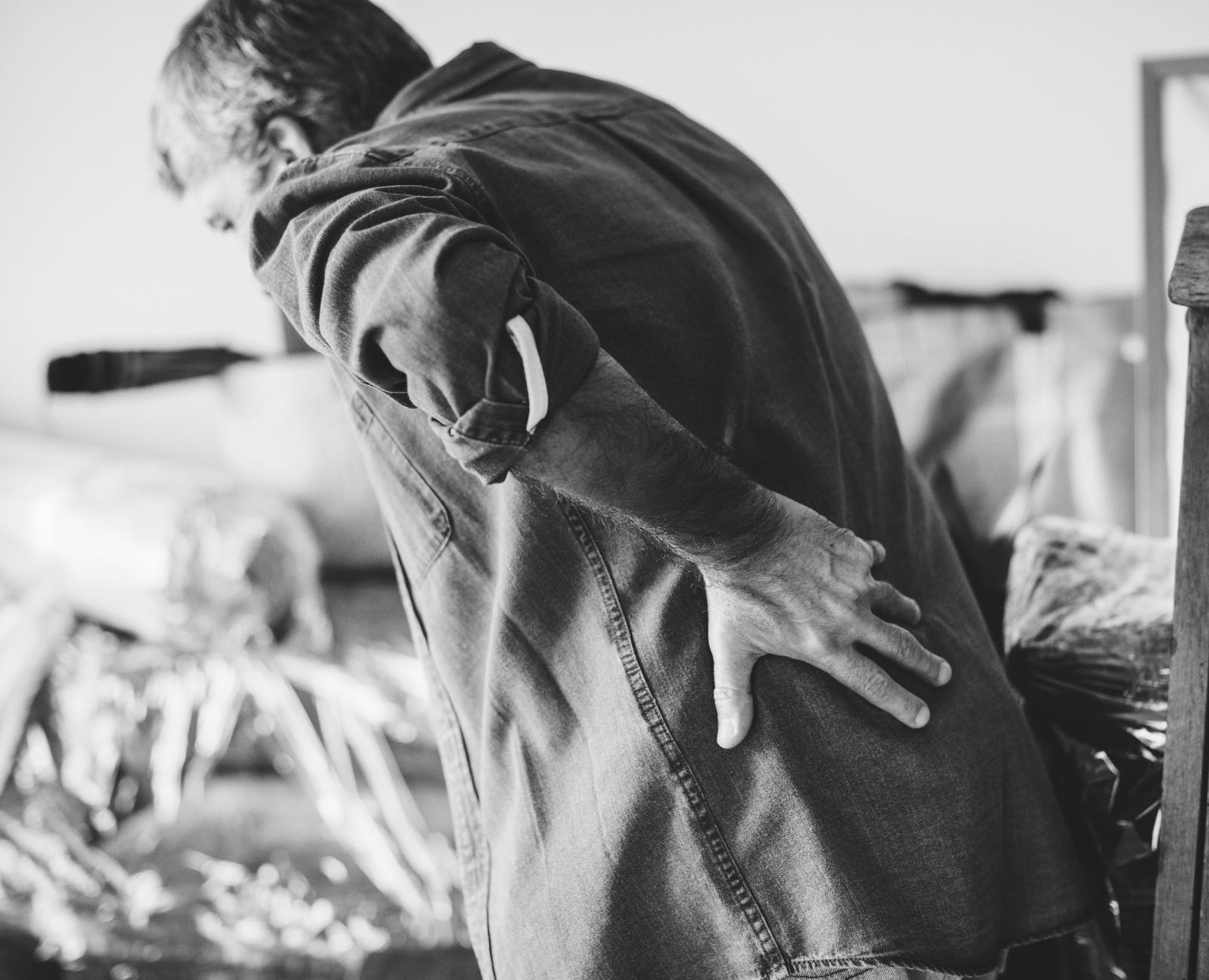I am grateful to have a bicycle! I’ve had to convert to a cyclist while this knee injury recovers. I am using the bike as part of my physical therapy. My Sports-Ortho was cool about me doing my own therapy once I explained what I was doing and my recovery plan. Of course, he offered to be of further assistance if I needed it, we’ll see.

The knee is getting better day-by-day, I can do my regular stretching/yoga/pilates again and have been able to walk a few miles at a time without issue. I’m not ready to give it a run though as the memory of that pain is keeping me cautious. My plan is to attempt a slow run, two weeks after it doesn’t bother me doing these other low-impact activities.
I have over 375 miles on the bike since August 4th (3 weeks). I’ve been averaging 19 miles each morning at an average pace of 14.5 MPH. Maintaining this pace keeps me exuding an effort almost the entire ride, with very little coasting (not that we have much for hills around here). The rear tire is showing a little wear but overall the bike is holding up well, even today while the entire ride was in the rain.
This bike has the shock-absorption front forks and the rear independent suspension. Most bike have similar front forks nowadays, but the rear is not as common. Personally, I like the extra impact reduction of the rear suspension.
You may wonder why I use a mountain-style bike as basically a road bike. The answer is that the roads I ride are not city streets, they are country roads, sometimes dirt and often rough. These are (to use the common term) tar-and-chip roads which are maintained by adding oil and loose rock during the summer months. This loose rock adds a certain element of “surprise” to a road-ride in which those narrow road-cycle tires don’t perform well at keeping you upright. Plus the rock accumulates at intersections and roadsides for additional excitement.


